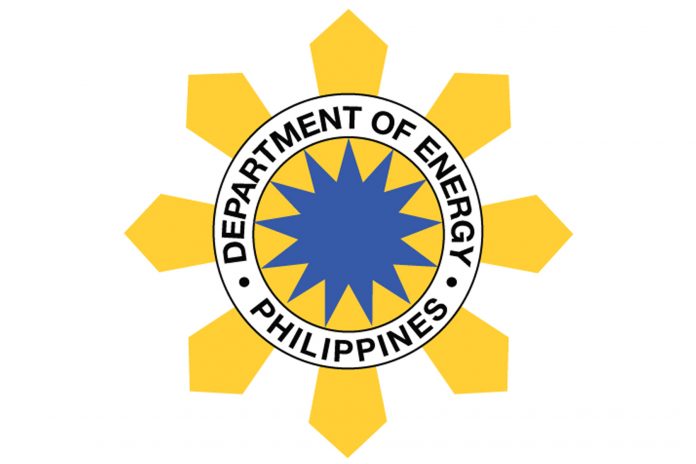
MANILA – The Department of Energy (DOE) hopes to entice foreign investors, including those from Japan, to invest in the Philippine government’s plan to build a liquefied natural gas (LNG) facility, aimed at securing the country’s energy sources amid the expected depletion of the Malampaya gas reserves.
In a statement, the DOE said officials of the Energy department are in Tokyo this week as part of the country’s delegation to the fifth regular meeting of the Philippines-Japan High-Level Committee on Infrastructure and Economic Cooperation.
“Energy Secretary [Alfonso] Cusi will focus on encouraging natural gas companies in Japan to invest in the Philippines’ liquefied natural gas (LNG) Hub Terminal project in anticipation of the Malampaya Gas Field’s depletion by 2022,” it said.
Connected to an onshore gas plant in Batangas, the Malampaya offshore facility in Northern Palawan was inaugurated in 2001. Estimates showed its gas reserves will be sufficient only until 2022 to 2024.
Currently, major Japanese gas companies such as Tokyo Gas are among those in serious talks for the project, according to the DOE.
The Center for Energy, Ecology and Development (CEED) said it is in favor of natural gas as a transition fuel, but warned of risks, as importing the fuel is influenced by global market forces.
“[L]agi po nating tatandaan na this is still imported… it can go high, it can go low,” CEED director Gerry Arances said in a separate interview with GMA News.
To date, natural gas from the Malampaya gas field off the coast of Palawan provides the fuel requirements of five gas-fired power plants, all located in the province of Batangas, with a combined capacity of 3,211 megawatts (MW).
“The strategic location of the Philippines, as well as the fair and competitive playing field policy for natural gas would entice investors to engage in the LNG terminal project,” Cusi said.
“The construction of strategic natural gas facilities, which includes LNG receiving terminals and distribution pipelines, are necessary to ensure the security and diversity of the energy supply in the Philippines. It also provides the option of expanding the use of natural gas in the Philippines,” he added.
In June 2017, Cusi said the DOE is eyeing to make the Philippines the LNG hub of Southeast Asia.
Estimated to cost P100 billion, a planned LNG plant would consist of a gas storage facility with a rated capacity of 5 million tons per year, and a power plant with an initial capacity of 200 MW which could later be expanded to 1,000 MW. (GMA News)



